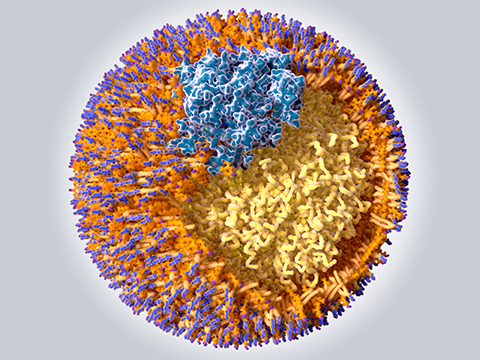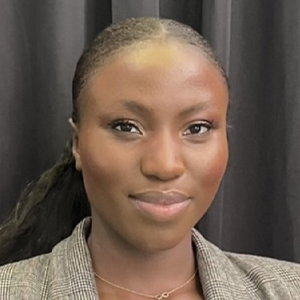Scavenger protein receptor aids the transport of lipoproteins
Lipoproteins are spherical molecules made up of fat and proteins that play a crucial role in transporting lipids, such as cholesterol and triglycerides, from the liver to other tissues in the body. Anton Potapenko of the University of Zurich, and a team in Switzerland recently published a study in the Journal of Lipid Research detailing structural characteristics of the scavenger receptor B1, or SCARB1, a protein that mediates lipid exchange between many cell types and facilitates uptake of high density lipoproteins, or HDL, and low density lipoproteins, or LDL, in some cell types. The gene encoding SCARB1 produces two major splice variants that share structural similarities but differ in their carboxy-terminal domains. Researchers wanted to understand if these splice variants play different roles in the cellular uptake of LDL and HDL by endothelial cells.

The researchers examined cultured endothelial cells to understand how expression of the two SCARB1 variants affected the binding, uptake and trafficking of lipoproteins. They found that variants 1 and 2 localized to the cell surface, and endosomes and lysosomes, respectively. Overexpression of variant 1 increased both HDL and LDL binding and uptake. However, overexpression of variant 2 also increased the uptake of either lipoprotein, but not via surface binding. Therefore, the researchers concluded that variant 2 facilitates lipoprotein uptake indirectly by regulatory and indirect mechanisms.
The study suggests that the two major splice variants of SCARB1 facilitate transendothelial transport of HDL and LDL by different mechanisms, either dependent or independent of the adapter proteins. Because of the limitations of overexpression, it will be important to examine how eliminating each SCARB1 splice variant affects cellular lipid metabolism and lipoprotein trafficking.
Enjoy reading ASBMB Today?
Become a member to receive the print edition four times a year and the digital edition monthly.
Learn moreGet the latest from ASBMB Today
Enter your email address, and we’ll send you a weekly email with recent articles, interviews and more.
Latest in Science
Science highlights or most popular articles

The science of staying strong
Muscles power every movement, but they also tell the story of aging itself. Scientists are uncovering how strength fades, why some species resist it and what lifestyle and molecular clues could help preserve muscle health for life.

Bacteriophage protein could make queso fresco safer
Researchers characterized the structure and function of PlyP100, a bacteriophage protein that shows promise as a food-safe antimicrobial for preventing Listeria monocytogenes growth in fresh cheeses.

Building the blueprint to block HIV
Wesley Sundquist will present his work on the HIV capsid and revolutionary drug, Lenacapavir, at the ASBMB Annual Meeting, March 7–10, in Maryland.

Gut microbes hijack cancer pathway in high-fat diets
Researchers at the Feinstein Institutes for Medical Research found that a high-fat diet increases ammonia-producing bacteria in the gut microbiome of mice, which in turn disrupts TGF-β signaling and promotes colorectal cancer.

Mapping fentanyl’s cellular footprint
Using a new imaging method, researchers at State University of New York at Buffalo traced fentanyl’s effects inside brain immune cells, revealing how the drug alters lipid droplets, pointing to new paths for addiction diagnostics.

Designing life’s building blocks with AI
Tanja Kortemme, a professor at the University of California, San Francisco, will discuss her research using computational biology to engineer proteins at the 2026 ASBMB Annual Meeting.

